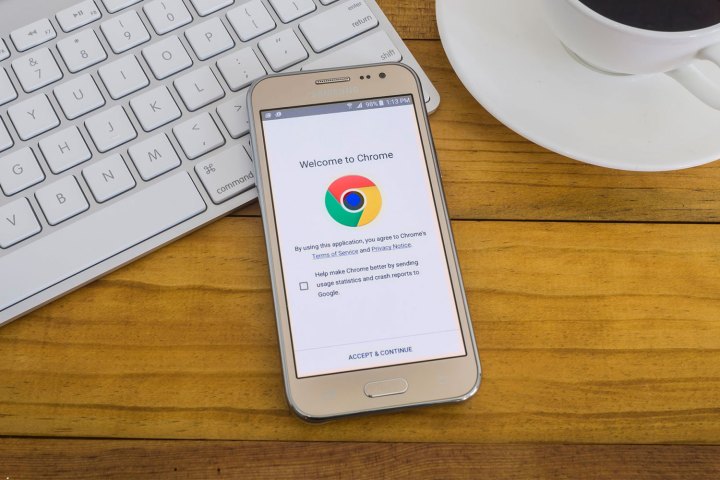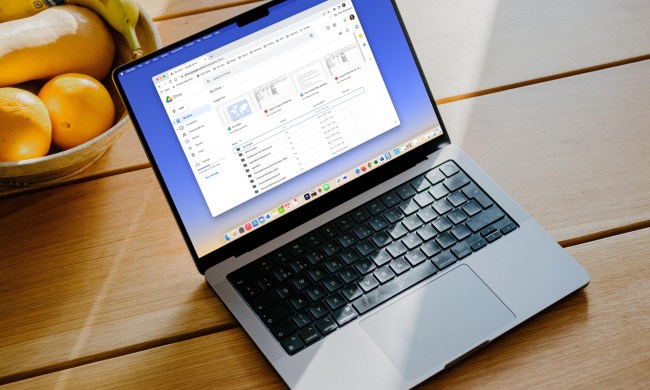
Previously, if you wanted to print from Chrome OS, you had to hook a printer up to Google Cloud Print. But no longer is that the case. Now, you can print from Chrome OS to a locally networked printer, which ought to make things a lot more convenient for a lot of people. You’ll need to know your printer’s IP address in order to take advantage of this new functionality, but Google has provided instructions to guide you along the way.
Native Printing ought to be particularly useful in school and office settings, given the preponderance of Chromebooks in these environments. After all, the ability to print is crucial in both these places, and not having to connect to the cloud could be hugely helpful.
Of course, your printer will have to be Wi-Fi connected in order to take advantage of this printing technique, but other than that, there are few stipulations. Just make sure that your Chromebook is connected to the same WiFi network as your printer. After you add the printer by inputting its name, address, protocol, and queue, you can start printing page by pressing Ctrl + p.
If, for some reason, you don’t want to use Native Printing, you’ll still be able to use Google Cloud Print, which allows you to beam a document to any printer you’d like, but for those of us who just need to print right here right now, this new feature could be a serious boon.

